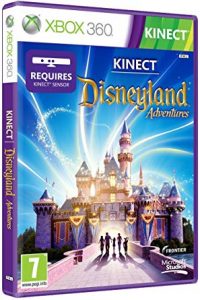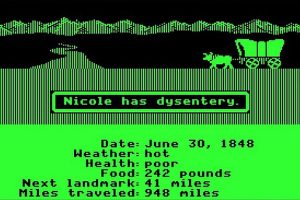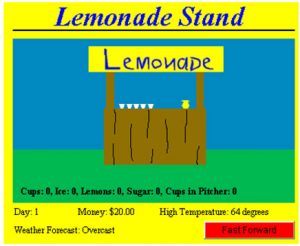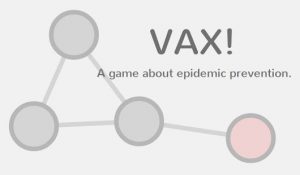When I walked into my ECI 201 class last Thursday, I was prepared for a normal day of power points and note taking. What I wasn’t expecting was a whole itinerary of a day filled with games. When I saw all the games layed out on a document to play that day, I had to do a double take. Although I was beyond excited to play all these games during class, I did not understand how this was going to relate to education.
My Face When I Had to Do a Double Take on Today’s Lesson

Just as my confusion escalated, Ms. Davis reintroduced the idea of gamification that we briefly went over the class prior.Gamification is the application of typical elements of game playing like point scoring, competition with others, rules of play to other areas of activity for engagement. For more on gamification and how to gasify things in your life visit: https://www.shoutmeloud.com/how-to-add-gamification-to-your-website-to-increase-engagement.html
 Last class we were taught our lesson by Ms. Smith while simultaneously playing a game for badges on an excel sheet. You would earn each badge by doing certain tasks that coincided. In addition to this, yips could also earn badges by completing Radom tasks which made the class more entertaining. For example, one of the badges in last class’s lesson was for standing up randomly and dancing during the lesson. Not only is this humoricav to the students, but it also gives them a quick brain break from the lesson at hand. At the end of the lesson, Ms. Smith announced a winner to give credit to the winner. Considering my extremely completive personality, it was no suprise that I won with a total score of 24 badges. The whole time I was so caught up in earning badges, I didn’t realize how much I was learning along the way. It is easy to day that I gained more information from thus activity than I have from other standard powerpoint in the past.
Last class we were taught our lesson by Ms. Smith while simultaneously playing a game for badges on an excel sheet. You would earn each badge by doing certain tasks that coincided. In addition to this, yips could also earn badges by completing Radom tasks which made the class more entertaining. For example, one of the badges in last class’s lesson was for standing up randomly and dancing during the lesson. Not only is this humoricav to the students, but it also gives them a quick brain break from the lesson at hand. At the end of the lesson, Ms. Smith announced a winner to give credit to the winner. Considering my extremely completive personality, it was no suprise that I won with a total score of 24 badges. The whole time I was so caught up in earning badges, I didn’t realize how much I was learning along the way. It is easy to day that I gained more information from thus activity than I have from other standard powerpoint in the past.
This Thursday, my class continued with this idea of gamification in the classroom with a whole day filled with games. As a class, we divided into four groups to play four different games. This games included VAX!, Lemonade Stand, Oregon Trail, and Kinect Disneyland (All shown at the bottom of the post). Although these games were your standard kid games, each one brought more tot he table than just entertainment. Instead of just playing these games like I originally thought, we speculated how each could be used in a classroom setting. For example, the first game I played with my group was Disneyland Kinect (Shown on the right).
Although these games were your standard kid games, each one brought more tot he table than just entertainment. Instead of just playing these games like I originally thought, we speculated how each could be used in a classroom setting. For example, the first game I played with my group was Disneyland Kinect (Shown on the right).
To me this game reminded me of the days I use to come home and play Xbox Kinect games to get a break from my homework. Little did I know, this game could bring so many positive elements to a classroom setting. For one, I could use this game to work on narrative stories and detailed writing by making students write down what they saw while playing the game. Then using what they write down and compare it with other students to show how each student brings different elements and perspectives to the table. I could also use it in a social studies lesson about geography and maps, by using the Disneyland Kinect map, and so on.
For more on gamification watch the TED talk below:
Video games have become an important part of our students’ lives outside of the classroom. After a long day at school, kids turn to their Xbox, Wii, Playstation, or Nintendo consoles to have fun. This event is now repeated to the point that some kids return home from school and go straight to their video games every single day. According to a study by Pew Research Center (linked here)97% of teens ages 12-17 play computer, web, portable, or console games. If you really think about it, there are so many possibilities games can open up in education. Therefore If more teachers recognize this and start to incorporate video games into their lesson plans, students will show more interest in school.



Sources: